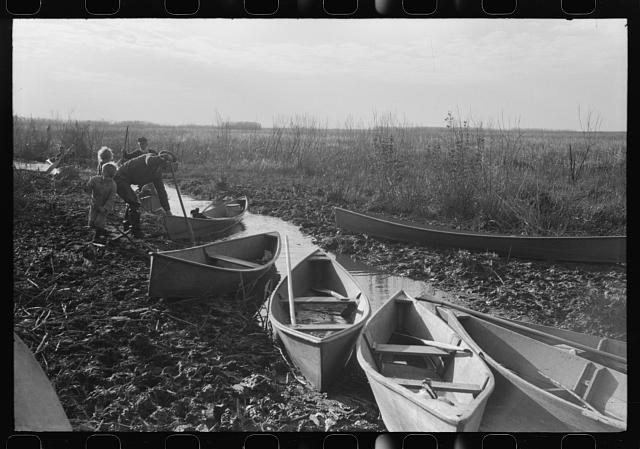
Library of Congress Who Are the Isleños?The word “Isleño” means “islander” in Spanish. It was first used for people from the Canary Islands, a group of islands off the coast of Africa. Today, “Los Isleños” refers to the descendants of people from the Canary Islands who moved to Spanish colonies in the Americas. One group of Isleños came to Louisiana in 1778. At that time, Spanish Governor Bernardo de Gálvez was trying to get more people to live in Louisiana. It was a difficult task. The Isleños helped by joining local militias to protect the colony. When they weren’t serving as soldiers, they worked hard to build homes, farms, and churches. The Spanish government gave them food, tools, and animals to help them get started. To stay safe from disease, many Isleños moved deeper into the Mississippi River Delta. But farming there was hard because the soil was poor and the land was wet. So the Isleños turned to hunting, fishing, and trapping instead. The swamps and marshes in St. Bernard Parish had lots of animals like muskrats and deer, and plenty of shrimp, crabs, fish, and oysters. By the mid-1800s, the Isleños were fully settled in that area. Today, Isleño communities still live in south Louisiana. One of the most important parts of their culture is their Spanish language, which comes from the 1600s. Over time, the way they speak has changed and now includes words from other languages too. Learn more about the cultural heritage by visiting the Los Isleños Heritage and Cultural Society museum's website (the museum is not managed by the National Park Service). |
Last updated: September 9, 2025
